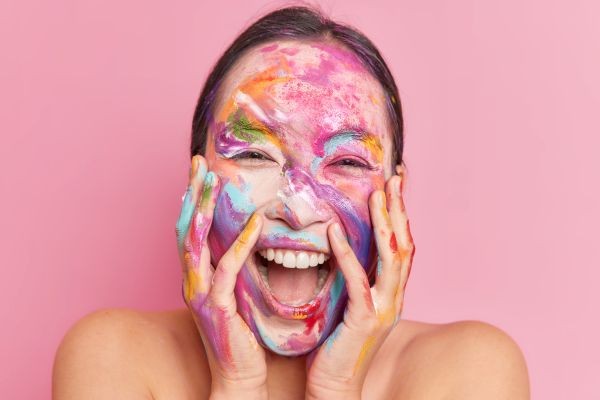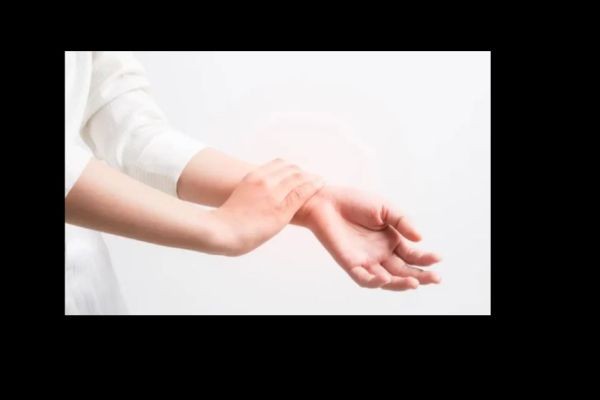The Secret Meaning of Secondary Colors in Your Home
Which color has been scientifically proven to improve mental health?
What color aids in decision-making and confidence?
And what does a certain color choice mean about your personality and lifestyle?
Carl Jung, a renowned psychiatrist, believed that color choices reflect personality traits. He encouraged his patients to use color to express some of the deeper parts of their psyche.
In continuation of The Mood Boosting Benefits of Primary Colors in the Home, this blog expands on my personal FAVORITE colors, the secondary colors of green, orange, and purple. I offer design solutions to enhance a YOU-Inspired life with personalized color choices at home.
Green & the Evolution of Color Perception
In the time of our ancient ancestors, color identification was a survival function, a tool for recognizing danger as well as locating food. Our evolutionary history and need to decipher different colors in nature resulted in our ability to perceive more colors of green than any other colors on the wheel. Did you know there are thousands of hues of green in our natural environment?
Green is the easiest color to be viewed because it lies right at the center of the light spectrum and causes the least stress on the eyes.
The sight of green triggers the parasympathetic nervous system and releases hormones that allow the body to “rest and digest.” Because of this, humans are hardwired to emotionally and physically respond to green colors with feelings of calm, peace, and safety.
Exposure to green enhances mental health. A Danish study covering over 900,000 people raised in urban environments showed that, “children who grew up with the lowest levels of green space had up to 55% higher risk of developing a psychiatric disorder.”
The power of green is deeply healing.
It connects us to ourselves, our ancestral
roots, and the environment all around us.
Read more...https://www.pippinhomedesigns.com/you-inspired-living/secondary_colors














